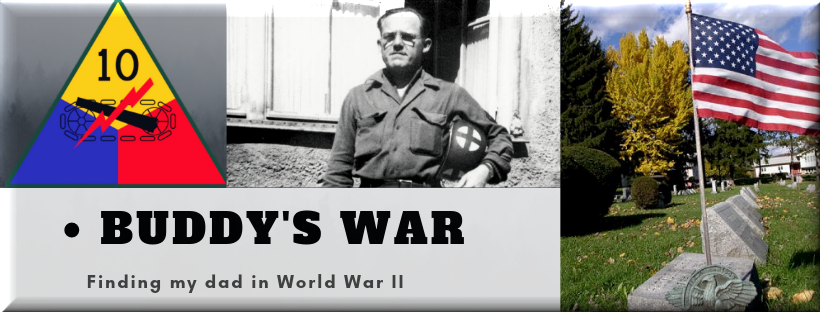Back in
post #18, I mentioned my parents mixed marriage. In the late 1960s I had a conversation with a Jewish cashier in a local music store in Bethlehem, PA. We were talking about the increase in mixed-race marriages. The cashier, probably in her early- to mid- 40s expressed a certain discomfort and disagreement with that. Being Harold and Dora’s son I mentioned to her that my parents were a mixed marriage- a Christian and a Jew. She had no comeback, but I have a hunch that she wasn’t all that pleased with it, yet it caused her to pause.
I decided to do a little digging into mixed marriages, specifically mixed-faith marriages. One paper I found from Brandeis University talked about endogamy- the custom of marrying only within the limits of a local community, clan, or tribe. While there were periods of ups and downs over the years in the United States, the rate of mixed Jewish/non-Jewish marriages was quite low. In New York City in 1910, just about the time my grandparents became citizens of the United States, the rate of Jews marrying non-Jews was only about 1.2%! A few years later in Cincinnati in 1917 it was still only 4.5%. By 1950, not much had changed. Only 4% of Jewish marriages were to non-Jews. (Compare this to a Catholic-non-Catholic rate of 27%.) By 1957 the Jewish/non-Jewish marriage rate was still at 7%.
The reasons are many for this. Religious stereotypes and anti-Semitism played a major role in keeping the groups apart. Many communities, Jewish and non-Jewish, were often more homogeneous than they have become in the years since. For Jews, the centuries-old prejudices, pogroms, and ghettos, with the Holocaust in World War II being the most recent, were a huge deterrent to inter-marriage. Adding to that was an undercurrent of fear that if the Jewish people assimilated, it was a move into oblivion. While the Holocaust, like the Spanish Inquisition in the 15th and 16th Centuries, showed only too painfully that assimilation was helpless against genocide, it felt like assimilation was also, in and of itself, dangerous.
As recently as 1970 the intermarriage rate for Jews was still only 17%; that has changed in the past 50 years. Today the Pew Research Institute estimates that overall 58% of Jewish marriages have a non-Jewish spouse. That number is impacted by the religiousness of the Jewish spouse- only 2% of Orthodox Jewish marriages are mixed marriages even though overall the times have really changed.
That 2% number also highlights for me the incredible move my parents made 75 years ago! Even today, only 2% of marriages like theirs would be mixed. The greater society may have come to accept and participate in such marriages, my mom’s community would have great difficulty with it. In 1944 it would have been scandalous! In both Brooklyn, NY, and Jersey Shore, PA.
I was clueless about it all until I went away to school and met a number of Jewish students and learned more and more about the centuries of anti-Semitism. By that time both of them had died and I had become a Christian. I had little understanding of my Jewish heritage- that would come later. But even in those early years of my own exploration, I knew that Harold and Dora were rebels. The “status quo” was something to go against. Both, as youngest children from quite close and closed communities, decided that whatever they found in each other was worth the challenge.
Seventy-five years ago the Pennsylvania family had not yet met Dora. That was soon to change as the final summer of preparation was nearing its end.
◆ June 1944
◆ 75 Years ago
◦ 13 June- Germany launches a V1 Flying Bomb attack on England, in Hitler's view a kind of revenge for the invasion. He believes in Germany's victory with this "secret weapon." The V-1 attacks will continue through June with horrifying losses.
◦ 19-20 June- The Battle of the Philippine Sea takes place. The United States Fifth Fleet wins a decisive naval battle over the Imperial Japanese Navy near the Mariana Islands.


